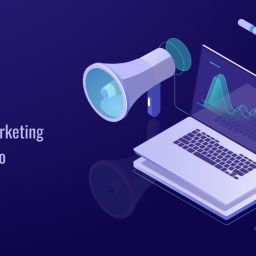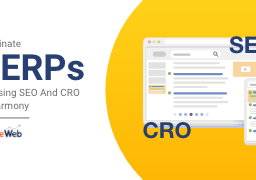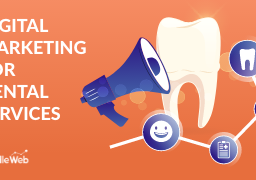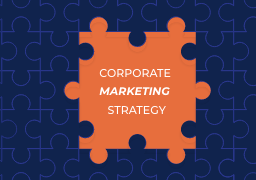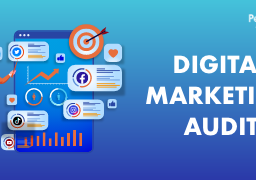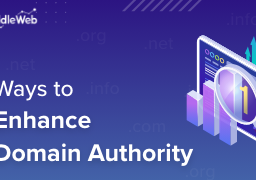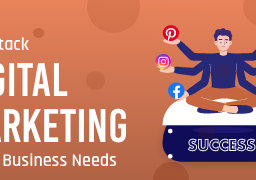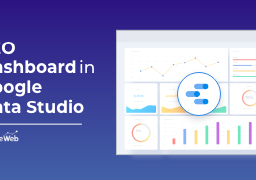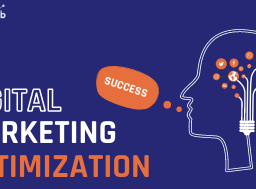Blogs have the potential to increase an e-commerce business’s brand awareness and enhance its website’s rank on search engines. Blogging generates 67 percent more leads, 97 percent more inbound links, 434 percent more indexed pages, and 55 percent more traffic.
If you are an e-commerce company and are looking to convert your website visitors and blog readers into paying customers, then this blog post is for you. At PeddleWeb, a reputed digital marketing company in India, we have helped many e-commerce businesses in converting their blog visitors into paying customers. Let’s take a look at how e-commerce businesses can convert blog traffic into sales.
- Know your ideal customer
The first step is to find out the ideal customers and what they expect from the website and blog. Create a buyer persona to understand what the average customer looks like and what are their likes and dislikes. Know their needs and find out how your offerings can fulfill that. Consider their present habits and understand how they make their purchase decisions. After creating the persona of your perfect customer, you are well-equipped to know what type of products they are likely to buy and what types of content they are going to like.
- Map the sales funnel
A sales funnel is the road a website visitor takes from consuming the content to buying something. By planning a sales funnel, a business can take its visitors to its blog posts, create awareness, generate their interest, enable them to make a decision, and finally take an action. If a business does not plan a sales funnel then its blog page is nothing more than some random content. No matter how interesting and informative the blog posts are, they will not translate into sales. Visitors will visit the page and may read some posts. But they will leave the site without even navigating the product pages.
- Create a customer journey map
The customer journey map also called the user journey map or the buyer journey map is a visual illustration of a customer’s journey with a business. It enables a business to see its customers’ experiences across various touchpoints. A blog reader, for instance, can go through many stages. From landing on the blog page and browsing various product pages to making a buying decision and contacting the website, the visitor has different experiences at various touchpoints. When a business understands the various stages, it is better able to assist its customers in buying a product or service.
- Make sure the blog is mobile-friendly
As per Statista, 55 percent of internet users browse the web using their mobile phones. Many users leave a website if it does not open in less than three seconds. Using web responsive design, compressing bulky images, and speeding up the load time help make a website mobile-friendly. Using long-tail keywords and creating more descriptive content is useful for voice searches. Some visitors may prefer listening to the blog posts instead of reading it. Professional digital marketing service providers can optimize websites and blog pages for mobile devices.
- Craft useful content for customers
The first step is to understand the pain points of the potential customers and create content that addresses the problems. Target the audience’s needs and focus on the thing that they care about. The visitors to the blog want practical and honest solutions. Build trust with informative and educational content. Remain sincere and craft the content to match the readers’ intent. Hiring a trustworthy digital marketing company in India can help a business in creating valuable content for its customers. The firms that provide digital marketing services for e-commerce businesses can craft compelling blog content for online businesses.
- Customize the call-to-action to specific posts
When you are creating different blog posts, it is extremely crucial to customize the call-to-action to specific posts. This will enable readers and visitors to take different actions after reading different types of content. For example, a blog post that intends to generate awareness needs to have a different call-to-action than a persuasive piece of content that aims to encourage readers to try out a product or service. A professional content creator knows how to tailor various call-to-actions for various posts.
- Use the leads
When visitors give their email address or other contact information, they may not intend to make a purchase then and there but may want to get back when they see the right products or offers. Send them regular messages, emails, and newsletters and inform them about the latest deals, opportunities, fresh arrivals, discounts, and other offers. After finding suitable products or deals, interested customers will visit the website and buy the product.
Overall, it may be said
Blog posts are extremely useful content marketing tools that have the potential to turn visitors into paying customers. At PeddleWeb, we have helped many e-commerce companies across the globe to convert blog readers into loyal customers. If you are looking for high-quality digital marketing services for your e-commerce business, contact our team today.



